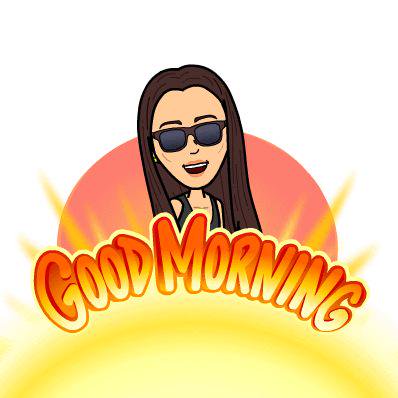

Rumors around Snapchat’s acquisition of the popular app Bitmoji had been swirling for months. But yesterday, the photo sharing platform made it public.
Bitmoji has gained a word-of-mouth following since its launch in January 2015. Back then, it ranked under 1,000 on the iOS downloads in the U.S. It has since climbed steadily to yesterday’s position of sixth in the App Store, helped along the way by celebs like Victoria Beckham and Seth Rogan.
The premise is pretty simple. Anyone can create their own cartoon avatar on Bitmoji. That avatar can be dropped into an array of settings — a Thanksgiving scene, a Valentine wish, an alert that the sender is running late — which can be texted, tweeted and used on messaging platforms like Facebook Messenger.
The draw for users is twofold: It lets them stamp their identity on messages and communicate visually. For brands, there are a few issues to keep in mind.
The emoji issue
Brands are increasingly using emojis, the lingua franca of Generation Z, but the format hasn’t been easy for them. The Unicode Consortium doesn’t allow commercial content on the standard emoji keyboard. Meanwhile, attempts to make their own smattering of icons have broadly fallen flat.
“The difficulty with emojis for brands is it’s hard to get them onto peoples’ phones. Now, platforms have the scale to offer emojis which people will actually use, and allow brands access too,” Dan Calladine, head of media futures at Carat Global, told Digiday.
For Calladine, Snapchat’s acquisition could open up a similar opportunity to Twitter’s popular branded emojis, which appear automatically after specific hashtags like #AbFabMovie. Giving advertisers’ creations reach outside the so-called “emoji graveyard.”
Messaging channels have also been a difficult proposition for brands. By their private nature, they don’t allow for analytics the way Facebook does. For Th_nk’s senior content strategist Vanessa Keys, Bitmoji’s appeal to brands is that it invites them onto the so-called dark social channels which have puzzled marketers.
“You have this ever-growing library to put yourself into. To own and control your identity in messaging is incredibly important,” Keys said. “It allows brands to sneak into those sacred, impossible spaces which are private conversations,” she said.

Playing dress up
Bitmoji began experimenting with branded content at the end of 2015 with Bergdorf Goodman, Steve Madden and Joie. Users can dress their avatars in these brands, alongside outfits from cinematic releases, most recently “Ghostbusters.”
With access to a bigger audience, which Snapchat pegs at 150 million daily users, the platform will work for brands that have an existing affinity with users, says Toto Ellis, head of strategy at Droga5.
This includes fashion companies, but also other lifestyle brands like Toni&Guy. The typically unsexy brands (such as banks) will have a tougher time, as users probably won’t want to show off their HSBC avatar like they would a Starbucks Bitmoji.
The hurdles that online retailers face in recreating the in-store experience have been well documented. Augmented reality — like Rimmel’s latest app — is one route to get consumers trying before they buy. But Bitmoji could also function as a playful dress up tool — getting people to do their product decision-making over messaging.
“It could be a perfect platform for trying on items. You like these earrings? Here’s how they might look on you,” he said.
The ROI question
However, early uses of Bitmoji have been “unlikely” to drive sales. They have done little more than let the brands boast being first on a platform, according to Lawrence Weber, managing partner at Karmarama.
Rob Scotland, strategy director at Leo Burnett, agrees. Rather than direct marketing, he says personalized avatars have evolved into a kind of cultural capital for consumers. He thinks brands have struggled because the medium requires a subtle evaluation of culture, and brand-led initiatives can die after a loud and public rejection by a small number of consumers.
“Imaginary things carry a huge cultural cache, whether that’s an avatar or a blue tick on Twitter,” he said. “It’s a whole new value system which is invisible.”
More in Marketing

Agencies create specialist units to help marketers’ solve for AI search gatekeepers
Wpromote, Kepler and Jellyfish practices aim to illuminate impact of black box LLMs’ understanding of brands search and social efforts.

What AI startup Cluely gets — and ad tech forgets — about attention
Cluely launched a narrative before it launched a tool. And somehow, it’s working.

Ad Tech Briefing: Start-ups are now table stakes for the future of ad tech
Scaled ad tech companies need to maintain relationships with startups, when the sector is experiencing ongoing disruption due to AI.





